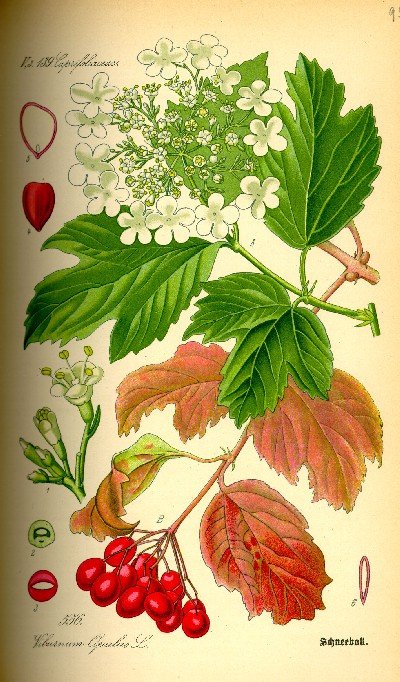Cupressus Viburnum lantana
Listen to the audioguide
Cupressus Viburnum lantana
The Cypress and the Viburnum
Family: Cupressaceae Family: Adoxaceae
The Cypress and the Viburnum
Family: Cupressaceae Family: Adoxaceae
TITYRUS
Urbem quam dicunt Romam, Meliboee, putavi
stultus ego huic nostrae similem, cui saepe solemus
pastores ovium teneros depellere fetus.
sic canibus catulos si miles, sic matribus haedos
noram, sic parvis componere magna solebam.
verum haec tantum alias inter caput extulit urbes
quantum lenta solent inter viburna cupressi.
TITYRUS
The city, Meliboeus, they call Rome,
I simpleton, deemed like this town of ours
whereto we shepherds oft are wont to drive
the younglings of the flock. So too I knew
whelps to resemble dogs, and kids their dams,
comparing small with great. But this as far
above all other cities rears her head
as cypress above pliant osier towers
Bucolics I, 19-25Urbem quam dicunt Romam, Meliboee, putavi
stultus ego huic nostrae similem, cui saepe solemus
pastores ovium teneros depellere fetus.
sic canibus catulos si miles, sic matribus haedos
noram, sic parvis componere magna solebam.
verum haec tantum alias inter caput extulit urbes
quantum lenta solent inter viburna cupressi.
TITYRUS
The city, Meliboeus, they call Rome,
I simpleton, deemed like this town of ours
whereto we shepherds oft are wont to drive
the younglings of the flock. So too I knew
whelps to resemble dogs, and kids their dams,
comparing small with great. But this as far
above all other cities rears her head
as cypress above pliant osier towers
In this passage of the
Bucolics Tityrus, talking to Meliboeus, compares Rome to Mantova.
The height of the Cypresses is similar to a world (the city of Rome) that
was a lot more extended then the simply pastoral framework. Virgil wants to
show the superiority of Rome, depicted by the cypress which raises up to the
sky, on the other cities, and in particular on Mantova, depicted by the
viburnum.
The generic denomination of viburnum derives from the Latin word vimen,
osier, because of the flexibility of its branches; the specific
denomination lantana refers to this feature, which derives from Latin
lentago that means “bending plant”.





